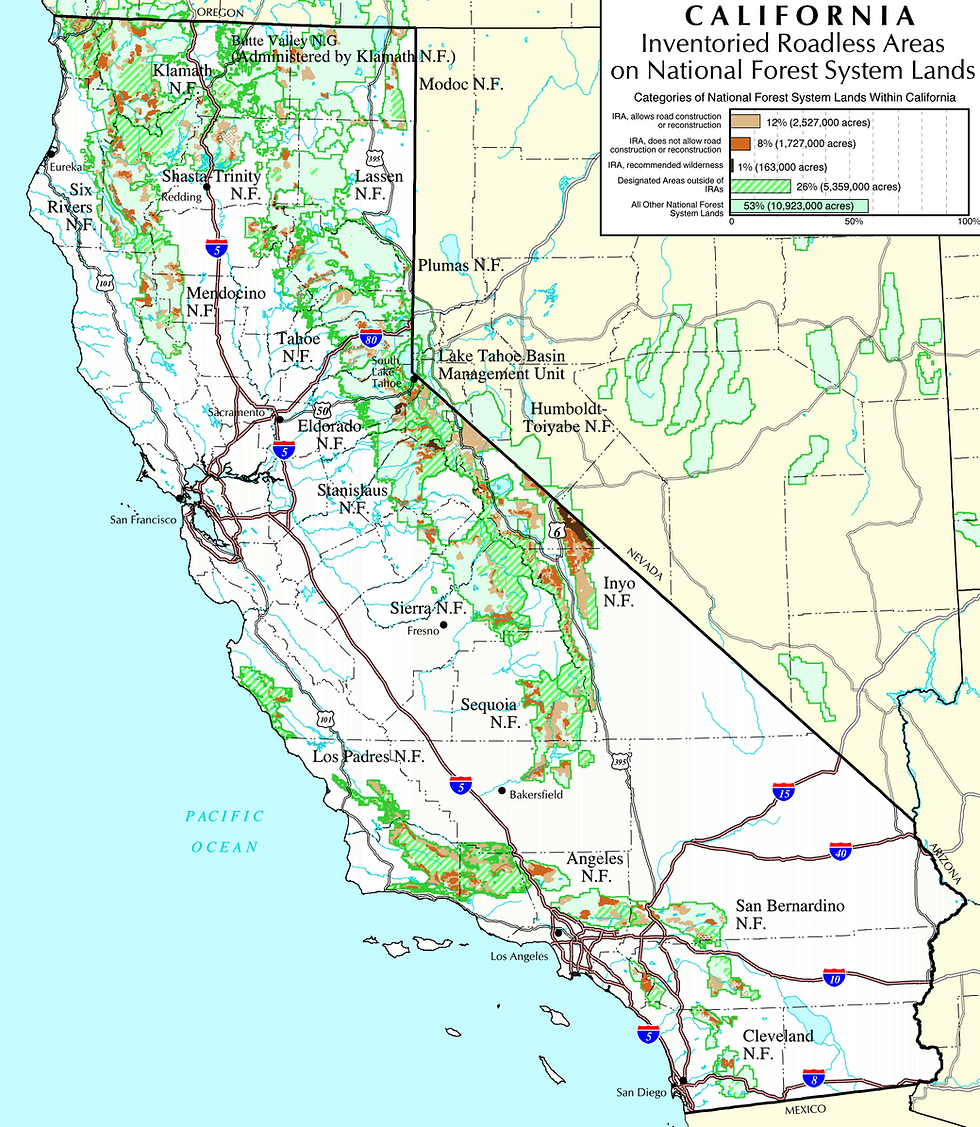Marten Critical Habitat: EPIC & CBD Comments On Green Diamond’s Special Treatment
- Tom Wheeler

- Jan 25, 2022
- 2 min read
Updated: Aug 28, 2023

Just before Christmas, EPIC and the Center for Biological Diversity (CBD) submitted comments on the proposed Critical Habitat designation for the Humboldt marten. Read them here.
Green Diamond has received special treatment from the U.S. Fish and Wildlife Service. While the Service has recognized elsewhere that the company’s lands near the Klamath River are important to the conservation of the marten—they connect the remnant California population, isolated in Six Rivers National Forest, with great potential habitat in Prairie Creek Redwoods State Park—the Service has exempted these same lands from inclusion under the draft Critical Habitat designation. The story of this exemption is disheartening and follows a well-run playbook by the company.
Identifying what habitat is necessary for the protection and restoration of an endangered species—something formerly called “Critical Habitat” under the Endangered Species Act—is the first step to ensuring that this land is then appropriately managed. And like all things related to the Endangered Species Act, although the designation of Critical Habitat should be guided primarily by science, the process is highly politicized. Of course, Green Diamond is better than most at playing politics.
Green Diamond has previously obtained a state-issued “Safe Harbor Agreement” that exempted the company from the take prohibition of the California Endangered Species Act. (We are suing the California Department of Fish and Wildlife over this giveaway.) The U.S. Fish and Wildlife Service then used this state-issued permit to exempt the company from the take prohibition under the federal Endangered Species Act. Now, the U.S. Fish and Wildlife Service is pointing to this same Safe Harbor Agreement as an argument against designation of their lands as Critical Habitat because…well, it isn’t exactly clear.
The Service gives two reasons why it proposes to exclude Green Diamond’s lands from the Critical Habitat designation. First, the Service states that it is important to maintain its relationship with Green Diamond. “Maintaining a relationship” seems trivial to us at EPIC. Green Diamond is a large industrial timber producer; they don’t need the kid gloves treatment. Second, The Service says that the Safe Harbor Agreement provides sufficient protections for marten habitat and that designation is unlikely to produce more meaningful protections. That the Safe Harbor Agreement is sufficient is comical—why are enviros trying to block this supposedly great thing? The Service too has previously found that Green Diamond’s practices are causing harm.
A recent study of potential migration corridors for the Humboldt marten completed by scientists with the Service noted the difficulty that marten would face crossing the many clearcuts that are covered by the Safe Harbor Agreement. Designation of Critical Habitat still has independent value—it helps in Timber Harvest Plan review to identify high-priority habitat, it enables different pots of federal funding to go towards habitat restoration, it is a trigger for more federal scrutiny of land management decisions, and so on.
Will the U.S. Fish and Wildlife Service cave to Green Diamond? EPIC is watching what will happen next.





Comments